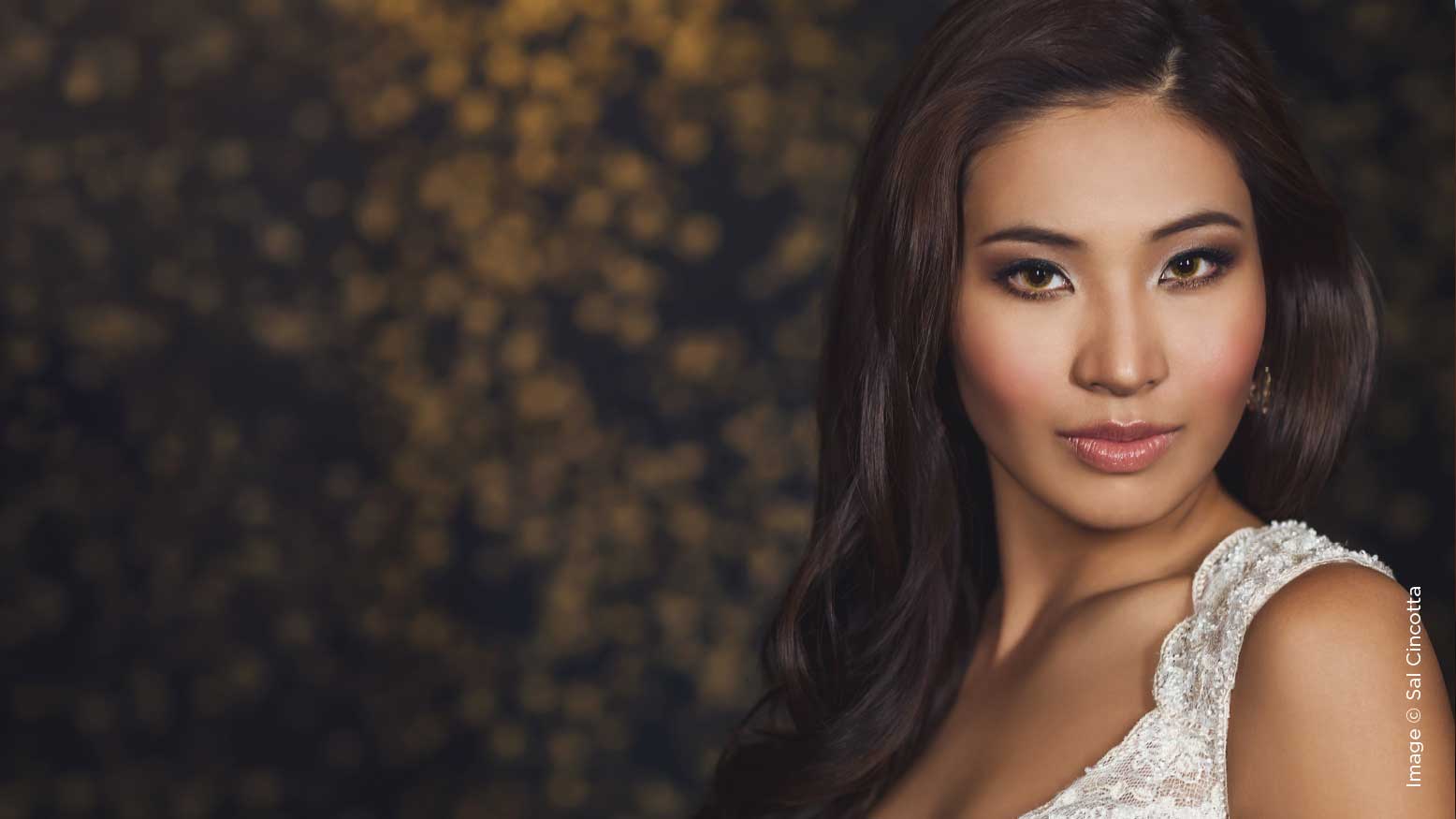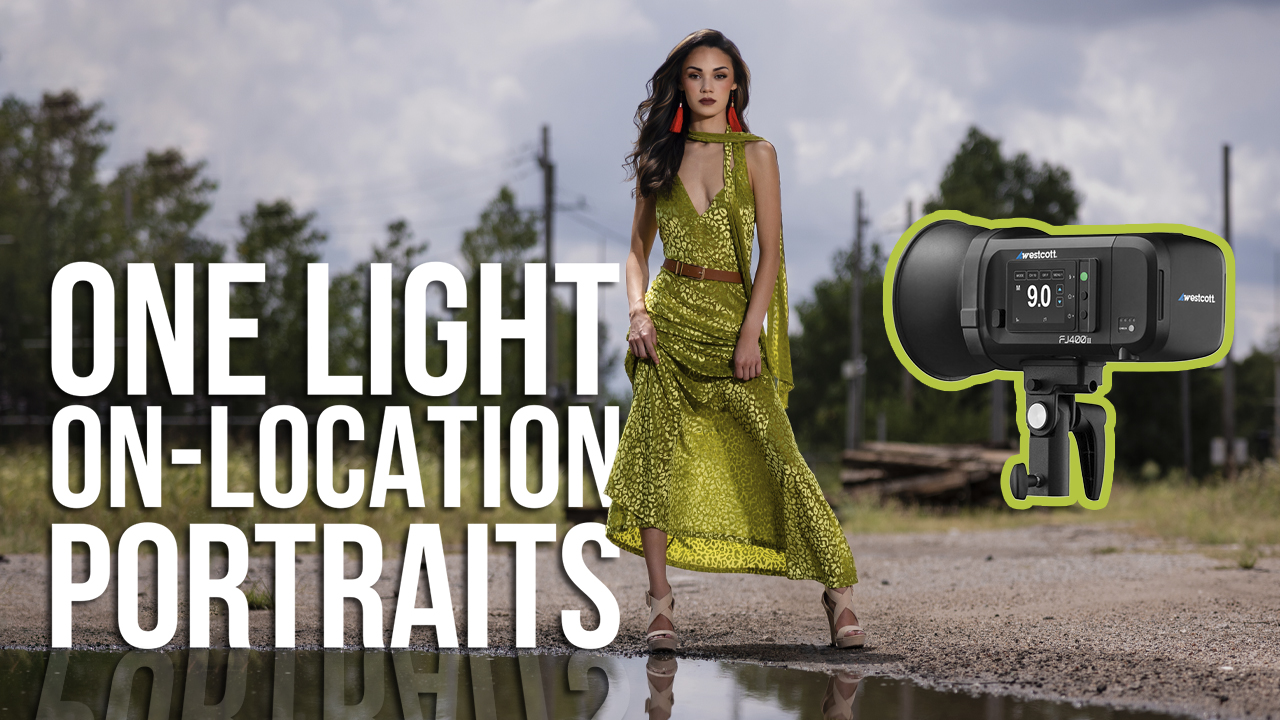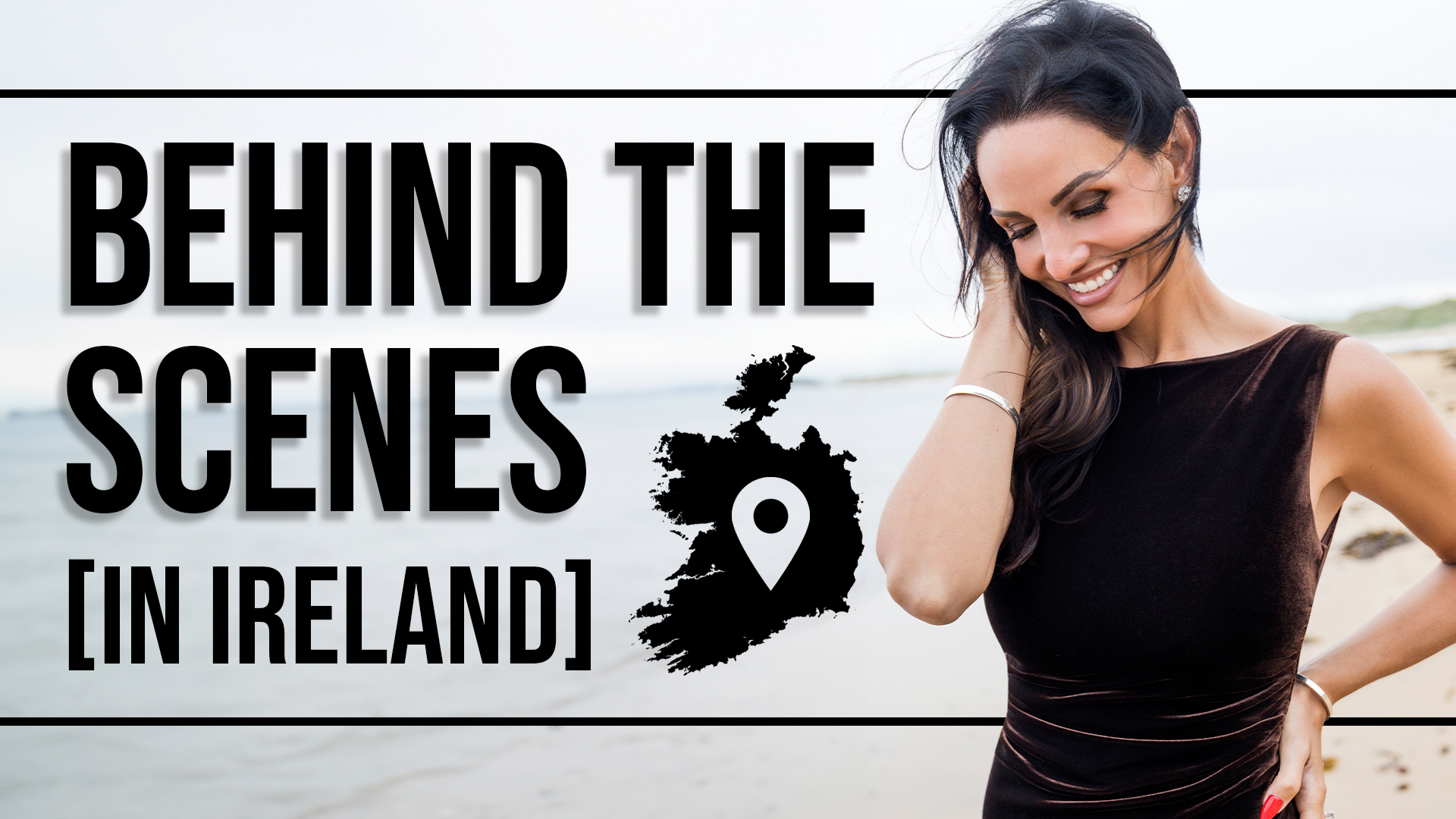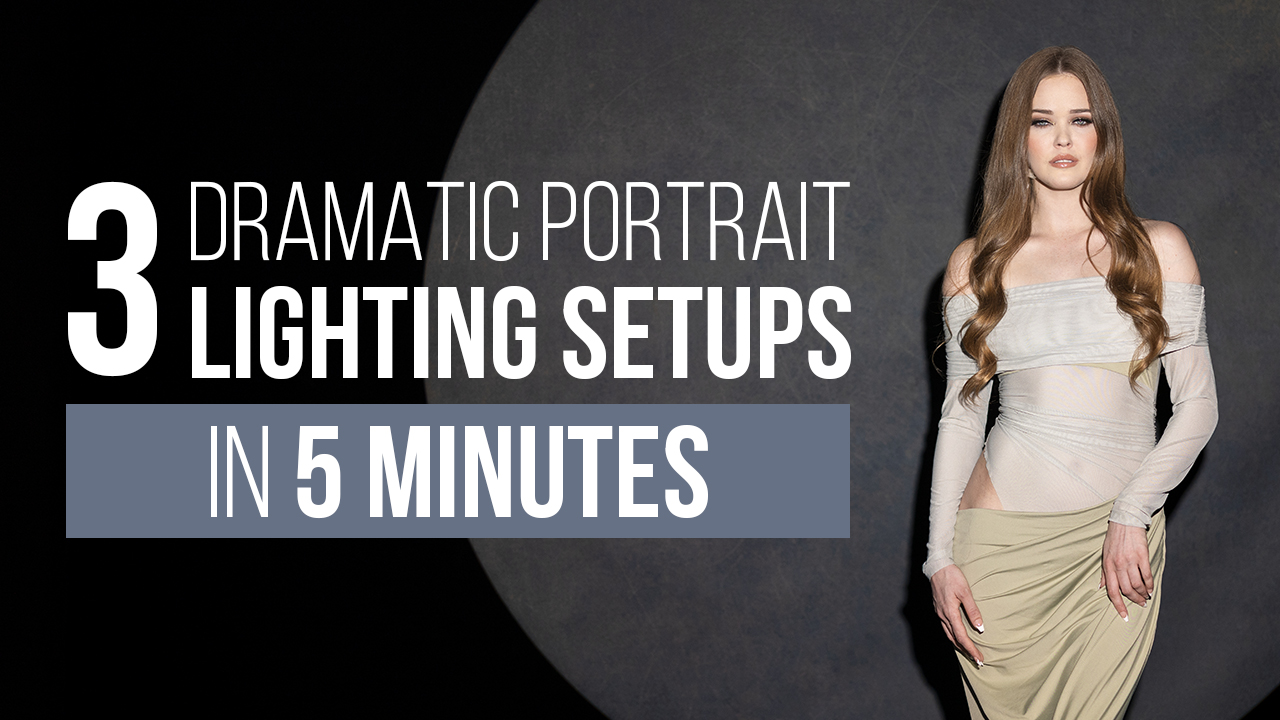Master the Light with Sal Cincotta
Are you a natural-light photographer? Do you realize how ridiculous that sounds? Change your mindset. Be a photographer. As a photographer, you don’t identify yourself by your lighting choice. I don’t say I am a “Canon photographer.” I am a professional photographer. I take great pride in that, as should you. If you ever want to be successful in this business, you need to master all light. But make no mistake: There is a lot to do and it can seem overwhelming.
When I started out, flash photography was mindboggling to me. I could not wrap my mind around it. Most of us start in the same place: available light. There is nothing wrong with that. You get a camera and you start shooting. Now what? Where do you go from there? It’s like getting a camera and one lens. Now what? There is more to this craft. It doesn’t mean you have to use every single piece of it in your day-to-day. We all have our comfort zone, but how do you know what that is if you don’t learn every aspect of your craft?
I meet photographers all over the world who are trying to define their style. When you are starting out, you don’t know what your images should look like. Photographers fall short on understanding that style is not limited to shooting—your lighting is also a major part of your style.
As you grow as a photographer, invest time learning how to work with all types of light: available, flash, continuous, reflectors, etc. All give you a distinctive look. Instead of identifying yourself as a “type” of photographer, be a student of light. Learn all you can and find ways to incorporate what you’ve learned into the way you work.
Here is one of the most important things I have learned over my career: Light does not always cooperate with my vision. I have had to learn how to create it, bend it, shape it, negotiate with it to get the final shot in my head. That is why it is so important to embrace all types of light.
I continue to experiment and explore light because we never stop learning. That is the beauty of our craft: There is always something new to learn. Here are some of the results from each of the light sources I use in my day-to-day.
Open Shade
Talk about easy. This is my happy place. Why? Because it’s so freaking easy. You can just start shooting. This is why new photographers immediately gravitate to this. The light is even across the scene. The same light hitting your subject is hitting the background, and everything just works. Plus, it keeps your clients out of the sun; they’re cool and they don’t have to squint in the light.
The challenge with this is that, well, it’s easy. And it looks that way. The images, without post-production work, look and feel flat. There is no real dimension to images because, again, all the light is the same. Now, of course, we can do things to change that. We can blend different light sources to create a more interesting shot, and there is nothing wrong with that. But you need to know how to work with those light sources before you can figure out how to merge them.
Reflector
Reflectors come in all shapes, sizes and colors. My favorites are silver and white. Silver is specular and white is softer. Each has a purpose. (I hate gold. Let’s just say that gold and I practice different politics.)
Reflectors are great at creating a WYSIWYG in the field and adding a level of dimension to your portraits. As an added bonus, they give a gorgeous catchlight to your subject’s eyes. It’s important to watch the light you are creating with a reflector because it can be too harsh and look unnatural. Sometimes I don’t realize how bad it is until I get to post-production, and by then it’s too late. Another caveat: Don’t blind your subject. Silver is like a mini-sun and will have your clients squinting.
Continuous Light
This is a very useful type of lighting. Continuous lights come in all shapes and sizes, both battery-powered for the field and outlet-based for studio use. My favorite is the ring light. It creates a unique light that’s pleasing on the skin, and pretty cool catchlights. It’s great for fashion and senior portraits.
These lights can be limiting. I don’t have near the amount of lighting modifiers for continuous lights as I do for flash, so that can alter the way things look. In addition, you can’t overpower the sun with a standard continuous light. Despite their limitations, having these tools in your arsenal is a good thing.
Flash
If you look at my portfolio, there is no doubt about it: I love flash. I love it for overpowering the sun, I love it for fill, I love it for creating a unique look and feel. Is it hard to learn? Yes. I have spent my career learning how to play with it. Will it get easier? Yes. Once you learn how to use it, you will realize it’s not as hard as you thought. Flash gives you the power of having light whenever and wherever you want it.
Don’t make the mistake of believing that flash has to be overpowering to your image. Flash can be used as fill and blended naturally with the environment for a blended look and feel. This part takes a lifetime to master. Every year, I invest time playing with light and trying something new. I love the process, and encourage you to embrace it. You will be amazed what you will learn about light.
The downside to using flash is learning how to use it quickly and efficiently. This is why I encourage you to practice. No one wants to wait while you goof around with your gear during a shoot. That is the worst thing that can ever happen to you. That is why most stay away from it. But once you build confidence, there is no more liberating feeling like creating something unique for your clients. That is how you and your work will stand out.
Gels
Once you start getting your mind wrapped around working with flash, gels are a hop, skip and a jump away. Gels give you the power to change the look and feel of any scene you are in. Have a boring background? Add gel and make it magical. Gels can be corrective in how they balance color. You can get creative with them by adding vibrant colors where there are none. Gels are not only fun, but they allow you to create a reality that doesn’t exist to the naked eye.
Creative gels are tough to use in daylight environments because the color can’t fill the entire scene and overpower the natural temperature of light. It works well indoors and during latter parts of the day. With creative gels, there is no right or wrong, just play. Create something funky. I like to get my primary shot and then start experimenting with gels. Happy accidents will abound.








